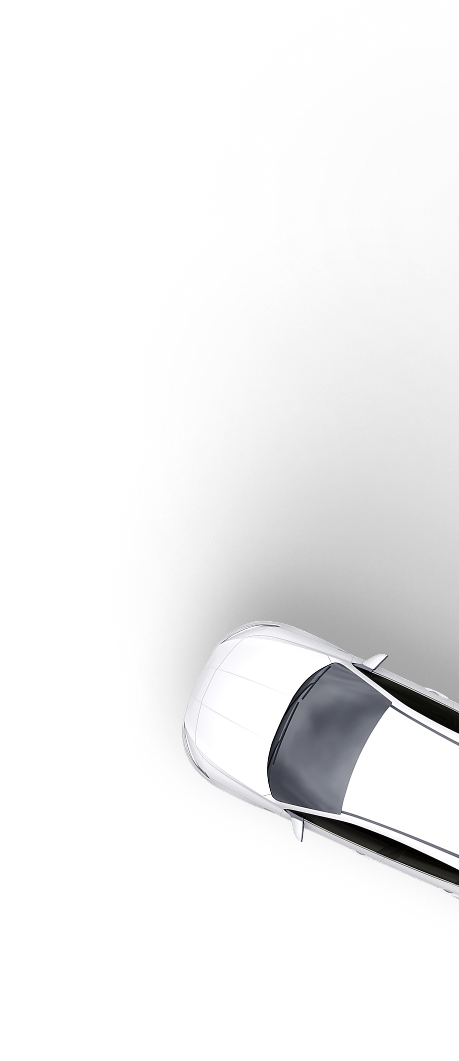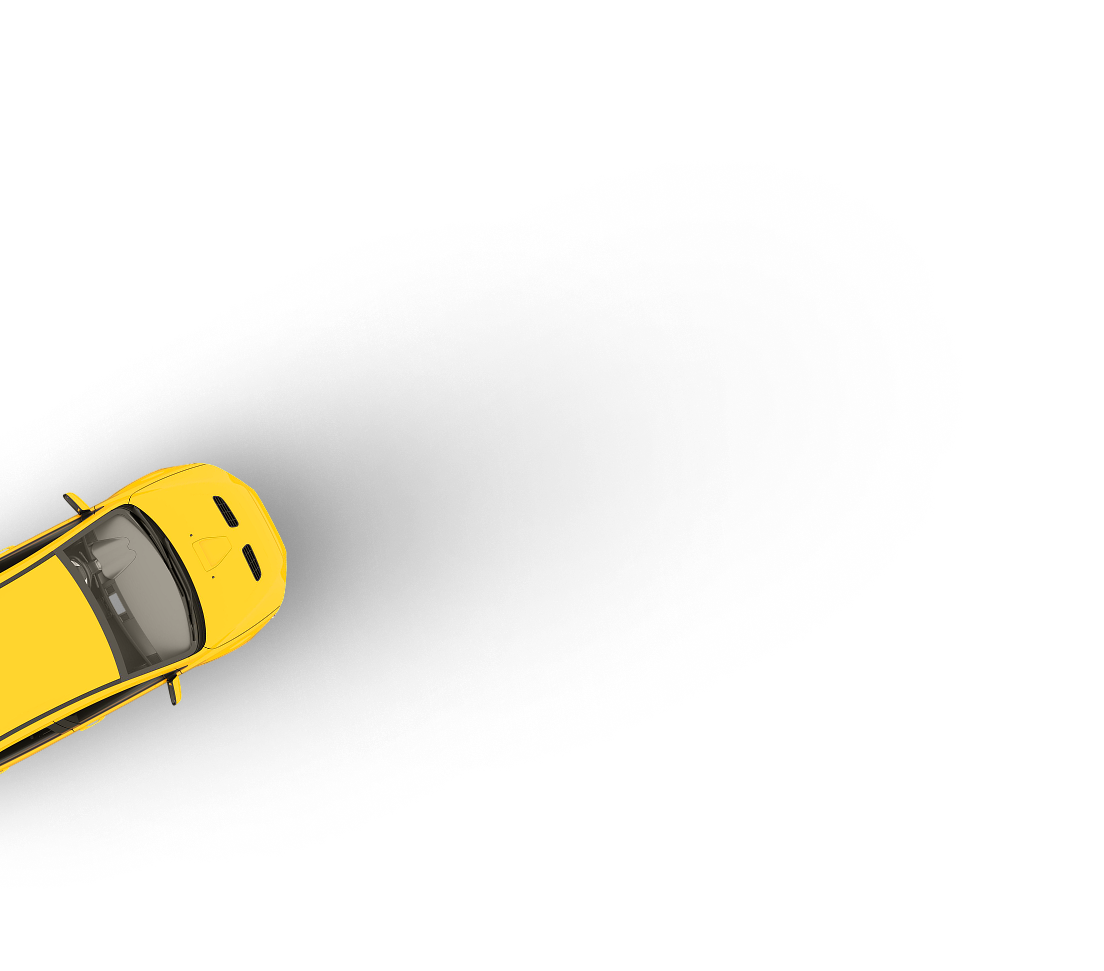Trade to trade car marketplace
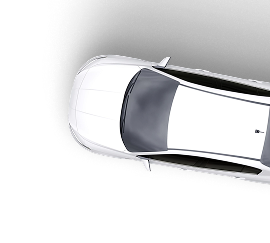
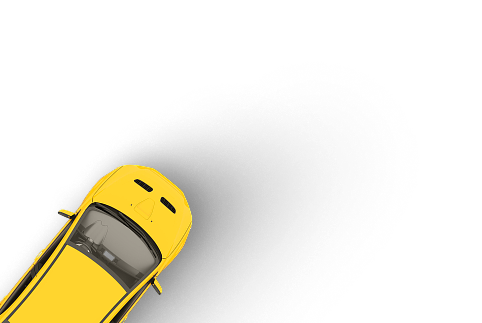
Trade-only marketplace
Flexible selling options
Maximise your profits
Cat D cars look and sound like a steal, but we’ll be honest with you. They’re not always worth it. In this no-fluff guide, we cover what Cat D status actually means, how it affects safety, resale, insurance, and more. If you're thinking about buying or selling one, read this first and avoid costly surprises.
Last updated: 4th August, 2025
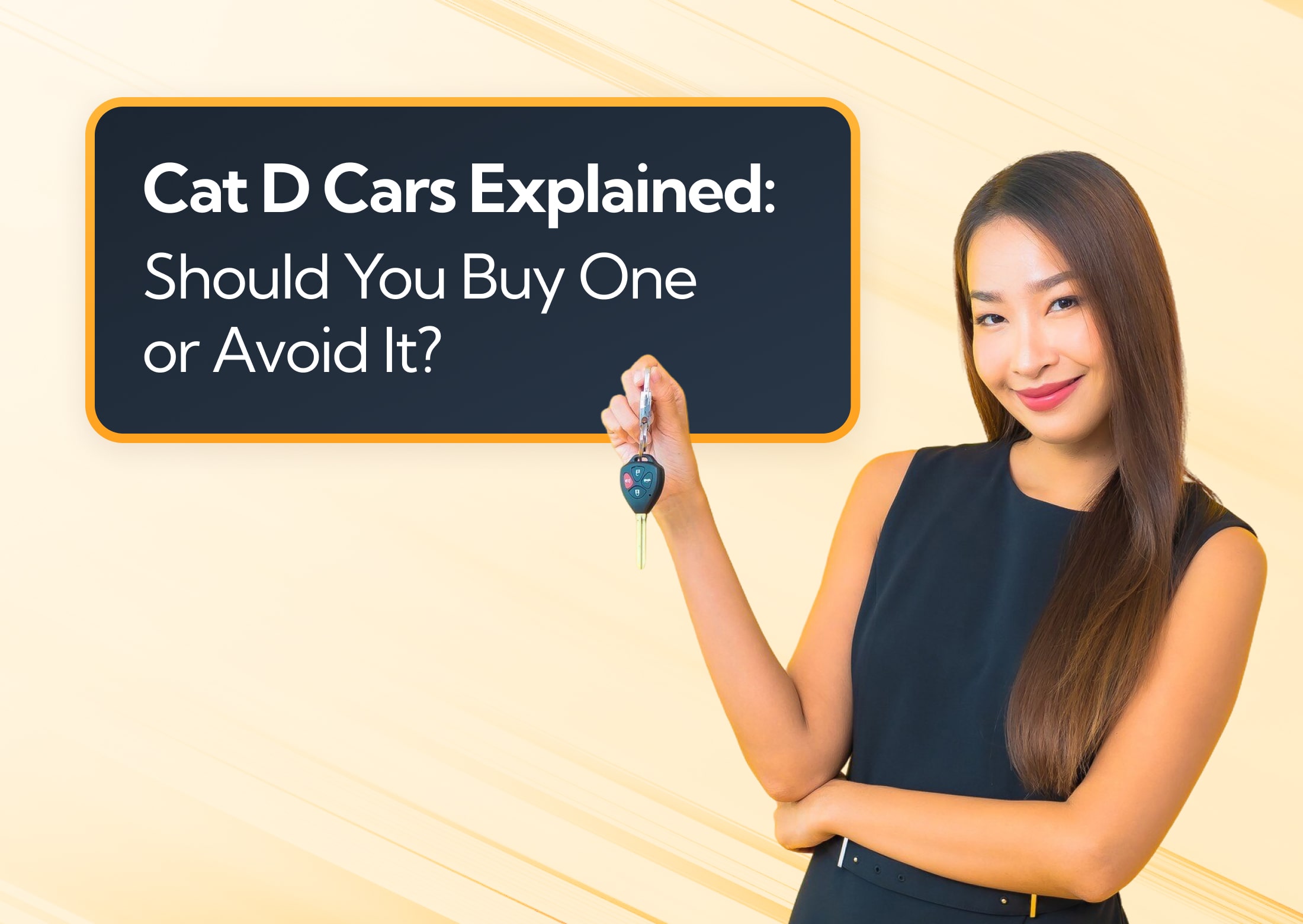
Listen to this story
You’ll still see the term “Cat D” floating around used car listings, even though it’s part of the old insurance write-off system. These days, it’s officially called Category N, but some sellers (and buyers) still use “Cat D” out of habit. If it’s an older car, you might even see “D” on the V5C instead of “N”.
So, what does it actually mean when a car is listed as Cat D (or Cat N)? And more importantly, should you buy one?
This guide breaks it all down: what the label really means, the pros and cons and how to decide if it’s worth the risk.
“Cat D” (short for Category D) was part of the old vehicle insurance write-off system used in the UK. It referred to cars that had been damaged beyond economical repair in an accident or incident, but were still structurally sound and safe to repair.
The cost of repairs simply wasn’t worth it to the insurer because of either (a) the car’s lower market value or (b) the significant repair costs. So instead, they wrote it off and paid out the claim.
In 2017, the DVLA and insurance industry replaced Cat D with Category N (for “non-structural damage”) as part of an updated classification system. While Cat D cars didn’t have structural damage, neither do Cat N vehicles; they’re effectively the same in practice, just under a new name.
When a car is “written off”, it means the insurer has decided not to repair it, either because the damage is too severe or the repair costs don’t make financial sense. In the UK, write-offs fall into four main categories: A, B, S and N.
Here’s a quick cheat sheet to help you compare them:
| Category | What it means | Can it be repaired? | Can it go back on the road? |
|---|---|---|---|
| Cat A | Scrap only. Total loss, including parts. | No | No |
| Cat B | Major structural damage. Parts may be salvageable. | No (but parts can be reused) | No |
| Cat S (Cat C) | Structural damage (e.g. chassis or crumple zones), but repairable. | Yes | Yes, after repairs and re-registration |
| Cat N (Cat D) | Non-structural damage (e.g. cosmetic, electrical, brakes). | Yes | Yes, once repaired |
Cat D and Cat C were the two lower-tier insurance write-off categories, but they weren’t created equal. The difference mostly came down to the math behind the insurer’s decision, not necessarily the severity of damage.
Cat C meant the repair costs were higher than the car’s market value. Cat D meant the repair costs were less than the car’s pre-accident value, but still not worth it for the insurer once you factored in things like admin fees, courtesy cars, or storage costs.
Here’s the logic. The decision isn’t just about raw numbers; it’s about risk, age and complexity. A loss adjuster might see a £2,500 repair bill on a car worth £4,000 and still classify it as a Cat D. Why? Because the type of damage might lead to other repair complications, delays, or extra costs once the work begins.
Cat D vehicles were normally written off due to cosmetic issues, minor bodywork, or non-safety-related parts like bumpers, lights, or trim. No structural damage had to be involved (as the new “Cat N” name implies). This is why a decent amount of Cat D cars can be repaired cheaply and safely and why they’re still popular among bargain hunters.
Both Cat C and Cat D cars can legally go back on the road if they’re repaired properly. But there are key differences:
However, no matter what, both types of cars will always carry their write-off history. That means lower resale value, potential buyer hesitation and higher insurance premiums with limited cover options.
TL;DR: Cat D cars generally have less damage, fewer hoops to jump through and more resale flexibility than Cat C.
A car doesn’t have to be in a serious crash to end up with Cat D status. In a lot of cases, the damage is actually relatively minor, it's just not worth the cost or hassle to fix.
There are seven common reasons the insurer wrote the car off as Cat D:
It’s the insurance company that ultimately makes the call, usually after a qualified engineer inspects the vehicle. They assess the damage, calculate the estimated repair cost and weigh that against the car’s market value. If the numbers don’t make sense financially for them (even if the damage is fixable), they write the car off.
Buying a Cat D car is either a smart move or a costly mistake. It all depends on the individual vehicle, who repaired it and how comfortable you are taking on a bit of extra risk. Let’s break down the upsides and downsides so you can make a confident decision.
If you’re a buyer who knows what you’re doing and takes the time to inspect a vehicle properly, a Cat D car can be a great opportunity. Not every write-off is a wreck, and some come with minimal damage and major savings.
But here’s the flip side: buying a Cat D car isn’t always smooth sailing. If you don’t do your due diligence, you could end up with repair headaches, insurance roadblocks, or a car that’s tough to resell down the line.
Shoddy repair work really is the biggest danger of buying any written-off vehicle. It’s obviously been damaged in some regard that is serious enough to warrant the write-off, and whether or not it gets fixed properly has serious implications for whether it’s even safe to drive on the road.
Miss something, and it could land you in an accident or stick you with massive repair expenses down the line.
Aside from a few rare exceptions, there aren’t any consumer protections for you once the transaction is complete, so it all comes down to your ability to do your due diligence before you hand over the money and they hand over the keys.
The way a seller answers your questions can tell you just as much as the answers themselves. Be direct and specific:
This is especially important with Cat D cars because the write-off category is solely decided by the repair costs, not by the type of damage.
While the damage is small enough that the repairs are still cheaper than the car, that doesn’t always mean the car is harmless. Some of the most expensive and safety-critical issues are still possible and many are invisible to the untrained eye.
For example, the car might look perfectly fine on the outside, but a failed airbag system or faulty steering column could leave you at serious risk in a crash. You wouldn’t spot those on a quick test drive.
For peace of mind, book a pre-purchase inspection with a qualified garage or AA/RAC mobile check. They’ll look for signs of poor repairs, faulty components, misaligned panels, frame damage and other red flags you might miss. It’s a small cost that’ll save you thousands.
Always run a vehicle history check (like an HPI Check or AutoCheck) before committing. These reports will show you:
Some checks also flag if a car has been re-shelled or had its identity tampered with.
Depending on the history check you decide to go with, it’ll cost between £10 and £30. If you cheap out here, you might seriously regret it later.
When drivers are looking at buying a Cat D vehicle, price is almost always the main reason, if not the only reason. Like we’ve already touched on, one of the biggest appeals is that they’re significantly cheaper than their clean-title equivalents.
But how much cheaper should they be, and when is it actually worth it?
A good rule of thumb is that a Cat D car should be priced 20% to 40% below the market value of an identical non-damaged model. That discount should reflect the stigma of the write-off, any lingering risk from past damage and the fact that resale down the line will also be tougher. Any less, and it isn’t worth the risk or the added hassle.
Let’s say you’re looking at a pre-owned 2017 Ford Fiesta. With a clean history, it might go for around £8,000. Then, the well-repaired Cat D version should be listed closer to £5,000-£6,000. You’ll often find these differences even bigger on older, lower-value cars, where repair costs eat into the insurer’s margins more quickly.
Check listing sites to see what averages look like for the car you’re thinking about buying, then subtract 20-40% to get your roundabout number.


You can legally drive a Cat D car in the UK, as long as it’s been properly repaired and is roadworthy. There’s no special re-registration process required, and no need for a post-repair inspection by the DVLA. Once it passes an MOT and has valid tax and insurance, it’s treated just like any other car.
That said, insurance can be tricky.
Some insurers won’t touch write-offs at all. Others will, but they’ll charge higher premiums and normally ask for additional repair documentation. If the damage was poorly repaired or there's no proof of the work, your quote will be even higher or your application might be rejected outright.
And if you’re making a claim later on, be prepared for a lower payout since insurers base valuations on the fact that the car has already been written off once. Even if it’s in great condition, its value will always be marked down compared to its clean-title equivalent.
Here’s the truth: Buying a Cat D car is only a smart move if you really know what you’re doing or you go through the right channels.
There are traders who’ve built an entire business around buying and selling write-offs. They know how to spot a solid repair job.
They know what questions to ask, how to negotiate price and which garages they trust to give a proper inspection. For them, Cat D cars aren’t a gamble.
But most private buyers are not walking into this with that level of experience. If you’re buying because you want to save £2,000 on a used car, have a long, honest look at yourself. Are you really going to do the work to protect yourself? Or are you just crossing your fingers and hoping for the best?
Because if it’s the second one, you’re exactly the kind of buyer who gets burned. And suddenly that £2k saving disappears into repair bills, insurance headaches, or the hassle of trying to resell a car no one wants.
If you’re a trader or looking to become one, platform matters too. On our trader-only marketplace, you can buy and sell Cat D (and other categories) vehicles with proper safeguards in place. We’ve built it specifically to help you trade safely, transparently and profitably.
Anthony Sharkey is COO at New Reg Limited (Car.co.uk, Trader.co.uk, Garage.co.uk), driving innovation in vehicle recycling, logistics, and customer experience.
We see a lot of people jump on Cat D cars thinking they’ve found a shortcut to a better deal (and sometimes, they have). But the real winners are the ones who treat it like a professional trade: full inspection, verified repairs and the right platform. That’s why our trader-only marketplace exists: to help people buy and sell write-offs with transparency and proper safeguards.
Maybe you bought it knowingly. Maybe you inherited it in a trade-in. Either way, you’re facing the usual challenge: getting a decent price without scaring off half the buyers.
Here’s how to do it right, from someone who’s seen every trick in the book:
Yes, it’s a Cat D. Don’t bury that detail because smart buyers will check the history anyway. Mention it early, but frame it
“Professionally repaired Cat D, full inspection report available”.
You’re not hiding anything, but you’re also not giving them ammunition to drive the price down.
Paperwork is everything. Photos of the damage before repairs, invoices from the body shop, service history, inspection results, these turn you from “random seller” into “trustworthy owner”. If you don’t have ‘em, get a fresh mechanic's inspection and attach the report. It instantly builds buyer confidence.
You’re not selling this car to the nervous first-time buyer. You're selling to someone who wants value, knows what a Cat D means and is open to it if the price and condition make sense. Use platforms where buyers understand write-offs. Or better yet, use a dealer or trader-only marketplace where buyers expect to see Cat D stock.
Don’t list it dirt cheap and hope it flies. Know the price gap between clean-title and Cat D cars in your model’s market. Undercut clean cars just enough to make the saving clear, but not so much that buyers wonder what’s wrong.
And remember: if you look like you’re panicking to sell, they’ll lowball you.
A clean, polished car inside and out changes perception. £100 on valeting and light touch-ups can add £500+ to what a buyer is willing to pay. Sounds obvious, but most sellers don’t bother. You should.
No. Once a car is written off, it stays in the system for life. But what you can do is rebuild trust. That’s the game.
Instead of trying to “erase the label”, show that the car is still well-cared-for despite it. Verified repairs, inspection reports and a clean MOT history will help you overcome the main objections and get the best price possible.
If you're second-guessing the idea of buying a Cat D car, fair enough. They're not for everyone. The good news is you've got other options that can still deliver solid value without all the risk and resale baggage.
If you’re chasing a deal, don’t limit yourself to write-offs.
Used car auctions (like Trader.co.uk) regularly list well-maintained, fleet-return vehicles or part-exchanges from dealers that haven’t been in accidents that are just priced to sell quickly. You’ll need to register, act fast and pay attention to fees, but if you know what you’re doing, the discounts are sometimes on par with Cat D cars.
Nearly new cars — ex-demos, pre-registrations, or models under a year old — are another solid play. Dealers offload these at a discount because they’ve technically had one owner. The condition is basically new, the warranty is still valid and you sidestep the entire write-off conversation.
Cat N might sound like a safer alternative, but it’s the same category, just rebranded. The "N" stands for non-structural damage, which sounds reassuring, but still includes things like airbags, suspension, electronics and steering components. All are technically non-structural, yet critical for safety.
Cat D cars aren’t inherently bad, but they come with strings attached. If you know what to look for, have the car professionally inspected and go in with your eyes wide open, you can absolutely get a solid, roadworthy vehicle for less. But if you’re buying blind just to save a few grand, you’re more likely to get caught out than come out ahead.
So here’s the rule: if you’re not confident you can verify the quality of the repair, check the car’s history and handle insurance or resale complications, a clean-title car is the safer bet.
Cat D deals are out there, just don’t mistake “cheap” for “good”.
No, not all insurers will cover Cat D write-offs. Some flat-out refuse, while others will offer cover but charge higher premiums or limit your options. That’s why you always get multiple quotes before you buy.
As long as they’re roadworthy and repaired properly, yes. The MOT only checks for safety and emissions, not accident history. That said, if the repairs were dodgy or incomplete, it might fail, which is why we always recommend having it inspected by a garage before buying.
There’s no way to know for sure, but yes, on average, resale is harder for Cat D cars. A lot of buyers avoid anything with a write-off label, regardless of condition. You’ll likely have to price it lower and expect a slower sale. If resale value matters to you, factor that in.
Yes, driving a Cat D car is totally legal as long as the car is roadworthy, has a valid MOT, is taxed and insured. Once it’s repaired and passes the same checks as any other vehicle, you’re good to go.
The write-off category will be shown in the V5C logbook. Still, the safest bet is to run a vehicle history check (like HPI), which will give you other context as to why the car was written off and if there’s anything else dodgy going on with its history.
Probably not. Most mainstream lenders avoid write-offs. If you’re set on a Cat D, it’s safe to assume you’ll need to pay in full with cash, find a niche lender (with higher rates) willing to take it on, or work out some sort of payment plan with your seller.
Potentially, but only if the car was repaired properly by a trusted professional. Cat D status means the damage wasn’t structural, but that doesn’t automatically make it safe. For peace of mind, always get a thorough inspection before buying if you’re putting kids in the back seats.
Generally, yes. Providing it’s been repaired to a high standard, many third-party warranty companies will still cover Cat D vehicles, but they may exclude certain components or require an inspection first. You might not get full dealer-style coverage, but decent protection is available if the car’s in good condition.
